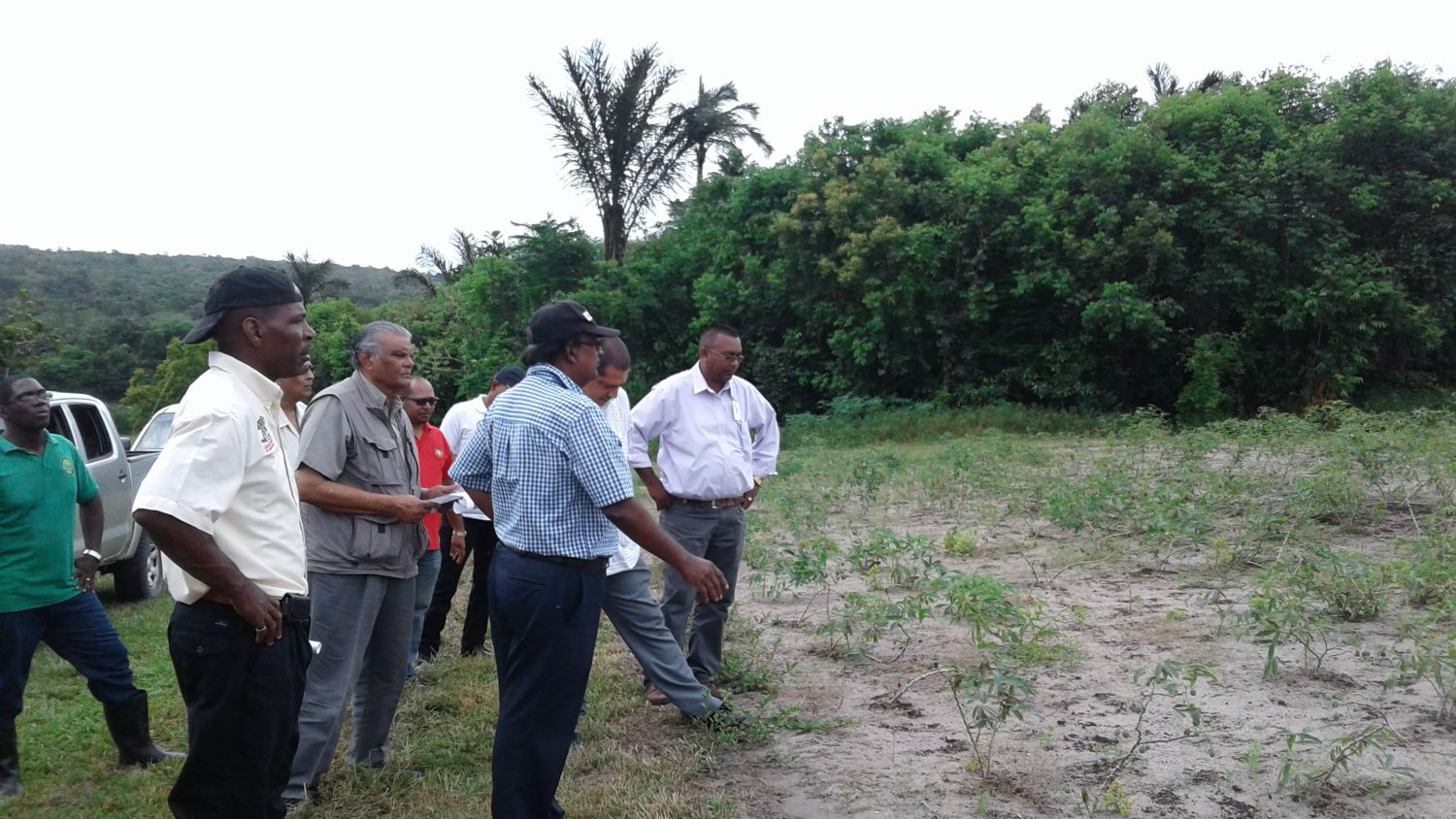The National Agricultural Research and Extension Institute (NAREI) is reporting an increasing volume of work at both the farm and laboratory levels with a view to maximizing local cassava production and better positioning the versatile root crop for increased availability as a food staple, according to the Institute’s 2016 Annual Report.
According to the Report, despite cassava’s importance as a vegetable crop and its ranking at four, after rice, wheat and corn as a source of complex carbohydrates, most of the cassava produced locally still comes from “peasant farmers” whose dependence on manual tools for production places limits on farm output. NAREI says that it is responding to the fact that cassava is increasingly becoming a major player in the push to further strengthen the country’s food safety profile. It is in the process of exploring new ways in which it can bring the crop much closer to the centre of both farming and culinary interest in Guyana.
The study notes that while, at the present time, cassava roots are commonly consumed after they are boiled or otherwise processed into “fried products” including balls, croquets and cakes as well as mixed with other products to make baked cassava cakes, roti, pone and other commonly consumed foods, work is currently being done to respond to what the Institute says is an even greater demand for cassava as part of the family of convenient foods among consumers entering the workplace, which is giving rise to the need to pursue more ways of both utilising and storing cassava.
Accordingly, NAREI says that experimental work is currently underway to study the “behavior, characteristics as well as

